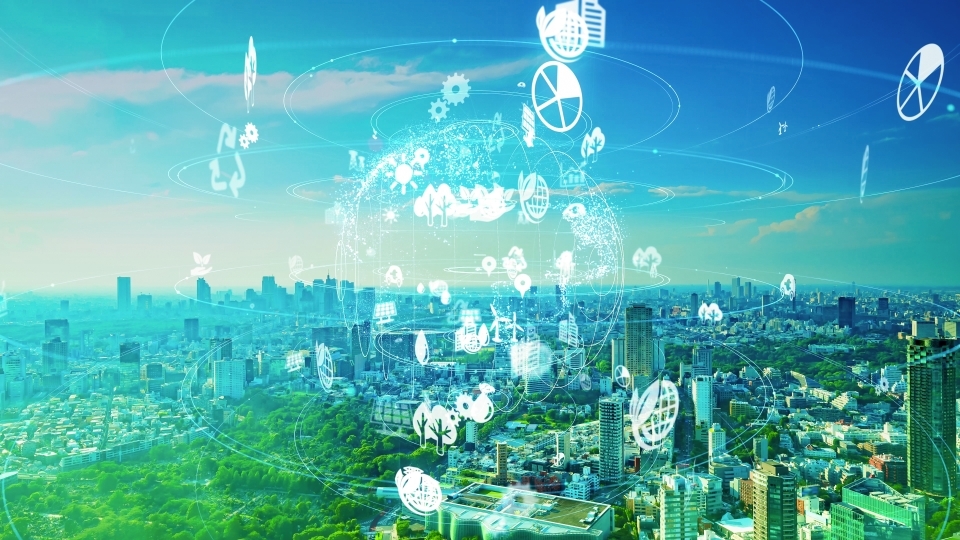Earlier this week, President Biden accelerated the timeline for lead pipes to be removed in the United States. Appearing in Flint, Michigan, which has been dealing with lead contamination in drinking water, Biden called for virtually all lead pipes in the United States to be replaced within 10 years.
Aging pipes can leach lead, a powerful neurotoxin that is particularly harmful to infants and children, into the water system.
Removing lead pipes is a public-health slam dunk but according to Economics Professor Siobhan O’Keefe, limiting lead exposure can have other benefits. It may also reduce the crime rate, making life in America safer.
O’Keefe shares her insights below.
How can removing lead pipes reduce crime?
We know that when children are exposed to lead, they are more likely to have a variety of developmental problems and difficulties, like poor impulse control. Because of this, they are also more likely to commit crime as adults.
Recent research shows that part of the reduction in crime that occurred at the end of the 20th century was likely due to the removal of lead from gasoline. So, though $45 billion is a lot of money to remove lead pipes, crime, particularly violent crime, is incredibly expensive—for victims and their families, for justice involved individuals and their families, and for taxpayers. Any intervention that can significantly decrease crime rates is likely going to pay for itself.
Are there other environmental hazards, like lead, that have been shown to precipitate criminality?
Air pollution, specifically ozone and fine particulate matter, has been shown to reduce cognitive performance in the short run. One consequence of this is people who are exposed to increased levels of air pollution (even temporarily) will have a reduced tolerance for frustration and poorer impulse control. Together, this is a recipe for aggressive behavior, creating a link between air pollution and violent crime.
More generally, anyone who works outside is also susceptible to these effects—there is evidence from jobs as varied as crop pickers to MLB umpires that workers are just a little bit less productive when exposed to pollution. Similarly, students are more likely to miss school and perform worse on standardized tests when exposed to more air pollution. So, the benefits to pollution reduction are likely far-reaching and many would be practically immediate.
Cleaner air can improve people’s lives in the short and long term. A lot of the current evidence we have on this comes from the Clean Air Act. The Clean Air Act of 1970 was one of the biggest government interventions in markets we’ve seen since World War II—it set new standards for pollution levels and created a new agency to enforce those regulations, the Environmental Protection Agency.
The Clean Air Act led to measurable improvements in air quality. In turn, better air quality led to declines in infant mortality and increases in life expectancy. In the long run, people who were born just after 1970 in counties that had lots of air pollution before the Clean Air Act are more likely to be in the labor force and making more money at age 30 than their counterparts who were born just before 1970. So, in addition to the short run benefits of cleaner air, reduced pollution improves lives in the long run as well.
How do you balance the benefits of these changes with their significant expenses?
As an economist, I don’t think the answer is to have no pollution. For one thing, that’s probably not possible. Even if it were, it might not be the smartest use of our resources. After we clean up the low-hanging fruit, so to speak, ridding ourselves of every possible emission would also force us to give up other things we value too much.
Good policy is all about balance.




